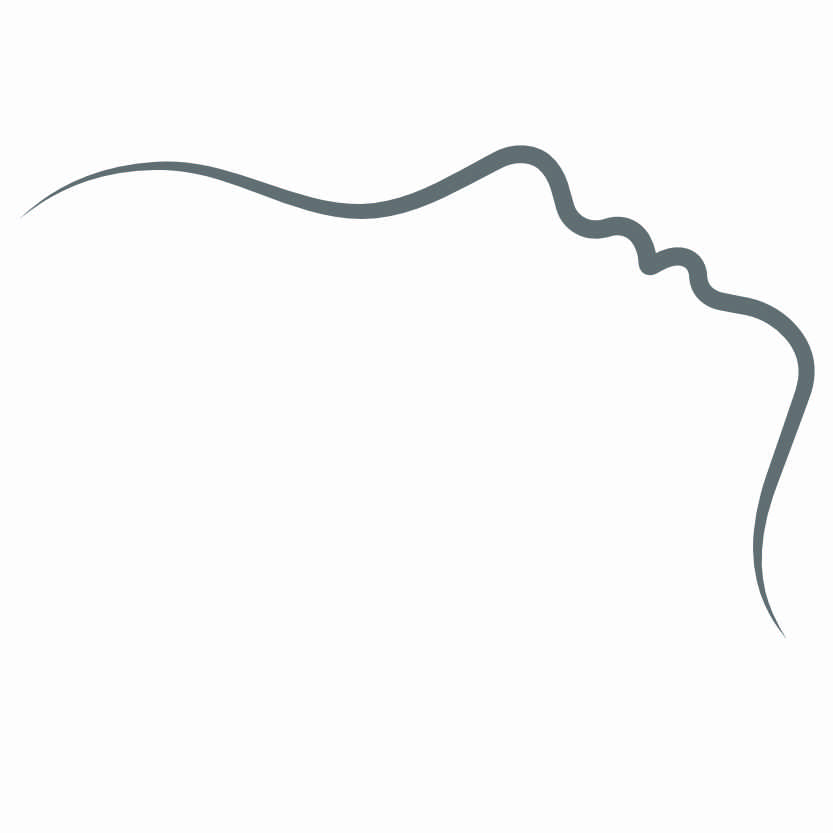Exposure of Impacted Teeth
A tooth that has not grown into the mouth at the proper timing is determined an impacted tooth (stuck in the bone). Common impacted teeth are: wisdom teeth, canines “eye teeth” or premolars (bicuspids). As there is no functional need for wisdom teeth, typically these teeth are just removed if indicated.
Other impacted teeth (canines, premolars, molars) are important to expose and facilitate eruption into the mouth. These teeth help you to chew, avoid strain on other teeth and temporomandibular joint and provide a healthy beautiful smile.
Canines are the second most common tooth to become impacted. They usually erupt at age 13 and proper eruption contributes to the closure of the upper front teeth. Many people will seek orthodontic treatment at this stage if these teeth do not erupt. Every effort is made to allow these teeth to grow properly without surgery, but sometimes it is necessary.
Opening the gums and attaching a bracket will allow your dentist/orthodontist to move these teeth into the proper position.
Early detection and treatment is essential for success. Once the tooth is fully formed or older age will make movement difficult and sometimes impossible. As such these teeth may require removal. Your surgeon will discuss treatment options at that time.
Early Recognition
With increasing age, the impacted tooth will likely not erupt by natural forces alone, even if there is enough space for the tooth to fit in the mouth. Orthodontists recommend that a dental examination and panoramic x-ray be performed on all dental patients at the age of seven to count the teeth and determine if there are problems with eruption of the adult teeth. It is important to determine whether all the adult teeth are present or if some adult teeth are missing.
